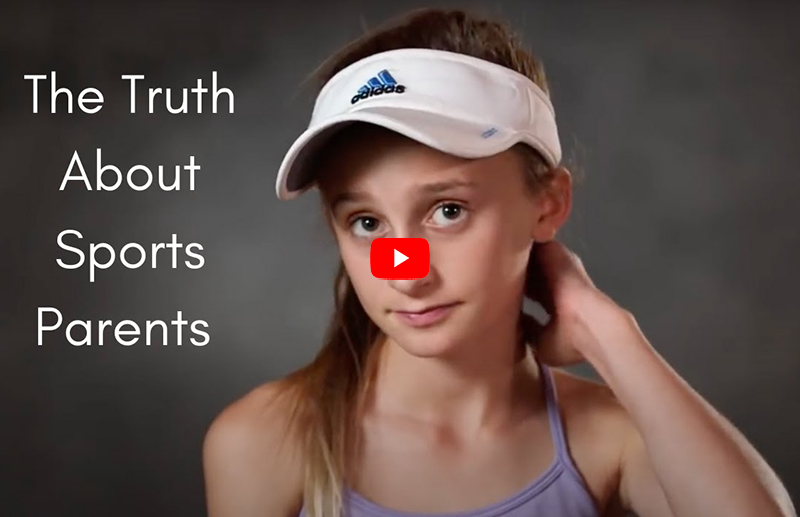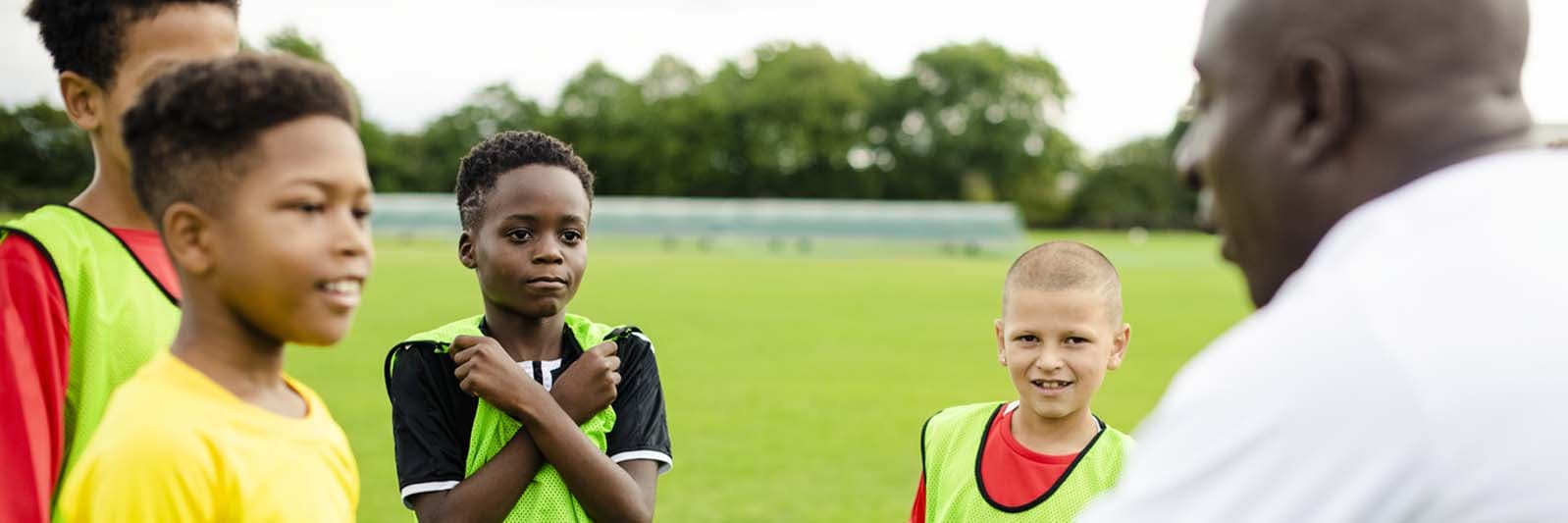
The Hidden Struggle of Body Image for Female Athletes
“I was 16, in the best shape of my life, but all I saw in the mirror was what I needed to change,” recalls Sarah, a former high school track athlete. “My coach said I’d be faster if I shed a few pounds, and that stuck with me. I started skipping meals, working out more, and even though I looked fit on the outside, I was exhausted and miserable on the inside.”
Sophie, a high school volleyball player, felt a similar struggle. “Volleyball players are tall and lean. I’m not—I’m short and strong. And I overheard parents on the sidelines talking about my body. It made me so self-conscious I started to hate my body and wanted to quit. And there is no hiding your body on a volleyball court. I was constantly trying to lose weight just to feel like I fit in.”
Certain sports emphasize body norms, which don’t always accommodate natural variations in body type. In sports where uniforms are particularly revealing, such as gymnastics, volleyball or swim, the pressure can become especially overwhelming for athletes who don’t fit the standard, leading them to feel scrutinized or inadequate.
Are you prepared if your daughter gets their first period playing sports?
Comparisons with teammates’ physiques—height, build, or musculature—can spark feelings of inadequacy as well. Young athletes are often told they need to be muscular but not too bulky, lean but not frail. And in team sports, the constant comparisons can lead to a cycle of body dissatisfaction and shame, taking a toll both mentally and physically. Social media and even subtle comments from parents or family can make things worse, reinforcing idealized standards and fueling internalized pressure to look a certain way. Over time, this focus on appearance can overshadow the joy of the game and chip away at their confidence. For many, this turns into a cycle of body dissatisfaction and shame, adding to the mental and physical toll of the sport.
The Hidden Costs of Body Image Pressures
The relentless drive to achieve a certain body type can push young athletes toward unhealthy extremes. Many resort to restrictive eating, overtraining, or other harmful behaviors in an effort to conform. The consequences can be severe, including:
- Eating disorders such as anorexia, bulimia, and restrictive eating
- Low energy availability, which drains endurance and overall health
- Hormonal imbalances and missed menstrual cycles, which can have long-term reproductive impacts
- Decreased bone density, leading to a higher risk of fractures and early osteoporosis
- Mental health issues, including chronic anxiety, depression, and a diminished sense of self-worth
The Female Athlete Triad
These harmful behaviors don’t just affect individual aspects of an athlete’s well-being—they can combine to create even more serious conditions. One of the most concerning outcomes is the Female Athlete Triad, a dangerous interplay of disordered eating, menstrual dysfunction, and decreased bone density that can have lasting effects on an athlete’s health and performance.
“I started cutting my meals to just fruit and vegetables, working out for hours to keep up,” admits Rachel, a competitive swimmer. “I knew it was too much, but my coach would praise me for being ‘leaner’ than the other girls. It felt like I had to keep going, even when my body felt like it was giving out.”
Practical Steps for Support
Supporting female athletes through body image challenges requires awareness and proactive support from parents, coaches, and teammates. Here are some ways to help young athletes focus on their well-being.
Educate and Self-Inform as Coaches, Parents, and Teams
It’s critical for adults involved in youth sports to emphasize a positive and balanced approach, centering on the joy of growing, learning, and improving in the sport rather than aesthetics. It’s equally important to recognize how we discuss our own bodies. Parents, particularly mothers, can unconsciously model body dissatisfaction by vocalizing their own insecurities or weight-loss goals. Avoiding negative body talk around young athletes and fostering body-neutral conversations can help normalize acceptance and create a healthier environment.
Resources:
Encourage Healthy Social Media Habits
Social media is often a hotbed of body comparisons, and young athletes benefit from guidance on setting boundaries. Coaches or teams can encourage athletes to follow accounts that promote body positivity and wellness over appearance.
Resources:
Promote Body Diversity in Sports
Demonstrating body positivity starts with creating an environment where all athletes feel valued for their own unique strengths, abilities and character. Coaches can emphasize qualities like resilience, teamwork, and effort. Celebrate diverse strengths by highlighting how each athlete contributes uniquely to the team’s success, such as agility, strategy, or leadership. Use inclusive language like, “Everyone brings something special to this team,” to set a positive tone. Avoid comments, observations, or jokes about weight, size, or appearance, even in casual settings. By fostering respect, encouragement, and a focus on process, coaches can model body positivity in a way that uplifts every athlete.
Resources:
Prioritize Mental Health and Body Awareness Support
Providing mental health resources within sports programs can be invaluable. Licensed sports psychologists and nutritionists can guide athletes in approaching nutrition, body awareness, and performance from a healthy, balanced perspective. Having mental health support in place helps athletes develop tools to handle body image pressures effectively.
Resources:
While sports can build confidence, resilience, and friendships, they can also become sources of insecurity, bullying, and even self-hatred when body image pressures go unchecked. For young female athletes, sports can be both empowering and challenging, fostering physical strength while sometimes enforcing narrow and unrealistic ideals. As parents, coaches, and community leaders, it’s our responsibility to help young athletes experience the best of sports, ensuring they gain physical and mental strength without sacrificing self-worth. By creating supportive, body-positive environments, we can help athletes focus on their love of the game and the confidence that comes with embracing their unique abilities and health.











